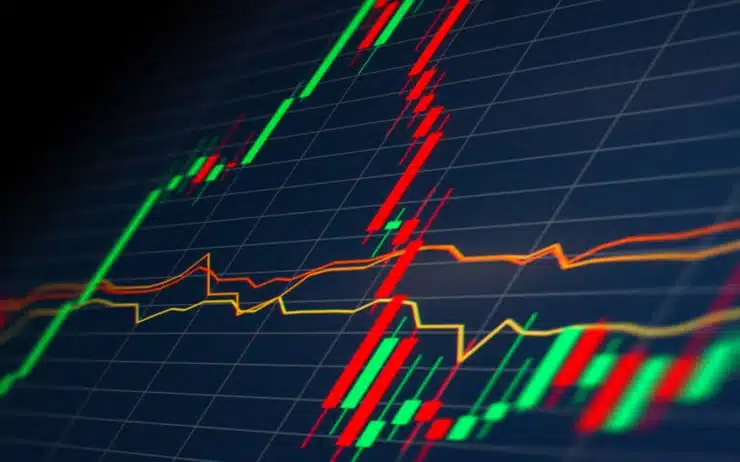Asian stock markets experienced their most significant declines in decades on Monday, April 7, 2025, following the announcement of sweeping new tariffs by U.S. President Donald Trump. The tariffs have intensified fears of a global trade war and potential recession, leading to widespread market turmoil.
Unprecedented Market Declines
The Hang Seng Index in Hong Kong plummeted 13.2%, marking its worst single-day performance since the 1997 Asian financial crisis. Similarly, Taiwan’s TAIEX suffered a historic drop of nearly 10%, the largest in its history, while Japan’s Nikkei 225 fell 7.8%, reaching levels not seen since late 2023. Other Asian markets, including South Korea’s KOSPI and India’s Nifty 50, also recorded substantial losses of 5% and 4%, respectively.
Catalyst: U.S. Tariff Announcements
The market downturn was triggered by President Trump’s announcement of new “reciprocal” tariffs, including a baseline 10% tariff on all imports, with higher rates for specific countries. Notably, China faces an additional 34% tariff, bringing the total levy to 54% on Chinese goods. Taiwan is subject to a 32% tariff, and Japan faces a 24% tariff. These measures are set to take effect on April 9, 2025.
Global Ripple Effects
The impact of the tariffs extended beyond Asia. European markets also faced significant declines, with Germany’s DAX dropping over 9% and the Stoxx 600 falling 5.3%. In the United States, futures for major indices indicated sharp declines, with S&P 500 and Nasdaq futures down nearly 5% and 5.7%, respectively, extending last week’s $6 trillion in market losses.
International Responses and Economic Outlook
The international community has reacted strongly to the U.S. tariffs. China has vowed to protect its rights and interests, while Germany’s economic minister labeled the tariffs as “nonsense,” suggesting that Europe is better positioned to manage the fallout. Economists warn that the tariffs could push the global economy into recession, with JPMorgan estimating a 60% risk of downturn. The Federal Reserve is now expected to begin aggressive rate cuts, possibly reducing rates to 3% by January.
As the situation develops, markets remain volatile, and investors are closely monitoring diplomatic efforts to resolve the escalating trade tensions.











